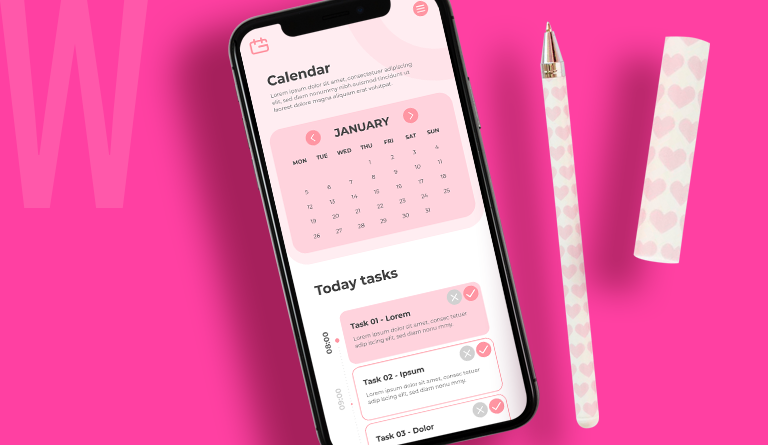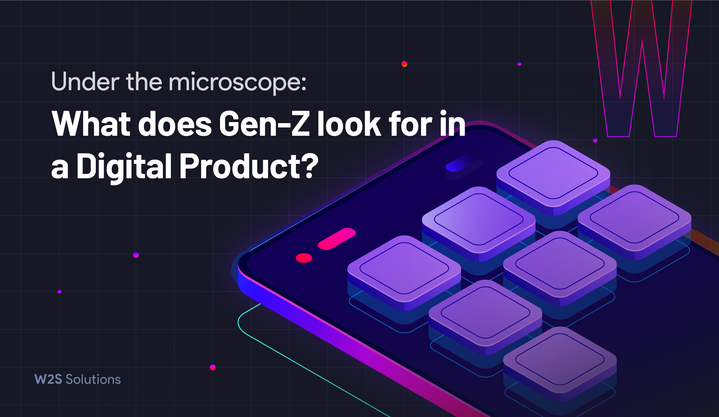In the age of wavering customer preferences, brands often turn to loyalty programs as a way to build and maintain relationships with their audience. However, despite their popularity, many loyalty programs end up falling short of their goals. Understanding why these initiatives fail is crucial for companies looking to foster genuine loyalty among their customers. We will explore the common pitfalls that lead to ineffective loyalty programs, and explore how to create programs that truly resonate with their audience.
What Causes Loyalty Programs to Fail?
Loyalty programs can fail if they fail to align with customer needs and desires. One of the key problems is when the rewards offered don’t match what customers actually want. Similarly, overly complicated reward systems can frustrate customers, restricting them from engaging with the program.
A customer-centric approach is crucial in building effective loyalty programs. By understanding and prioritizing customer preferences, businesses can create rewards that resonate and drive engagement.
Additionally if the program doesn’t clearly explain how to earn and use rewards, participation can drop, so a clear communication is essential. Businesses should ensure that customers understand the mechanics of the program, including how points are accrued and redeemed. Visual aids, such as infographics or videos, can help demonstrate the process and encourage participation.
Lastly, if the program isn’t regularly updated and improved, it can become outdated and fail to meet changing customer needs. Monitoring engagement metrics and staying attuned to market trends can guide necessary adjustments. Incorporating seasonal promotions or limited-time offers can inject excitement and urgency into the program.
Fixing these common issues is vital for creating a successful loyalty program, as it promotes a deeper connection between customers and brands, ultimately driving long-term loyalty and business growth.
Common Pitfalls and How to Avoid them
Problem #1: Making Participation Difficult
The accidental promotion of disloyalty can happen when a loyalty program makes customers feel trapped or undervalued. For example, if customers must spend a significant amount of money before they can redeem any rewards, they might feel frustrated and consider shopping elsewhere. Similarly, if the program requires them to frequently jump through hoops to earn rewards, they may become disillusioned and disengaged.
Solution: To overcome this issue, design your loyalty program with simplicity and value in mind. Make it easy for customers to earn and redeem rewards without excessive effort. Consider offering small, immediate rewards to encourage ongoing participation. By creating a program that feels rewarding rather than restrictive, you’ll encourage loyalty.
Problem #2: Making Your Loyalty Program Too Complex for Customers
Complexity is a common pitfall in loyalty programs. When customers find it difficult to understand how to earn points or redeem rewards, they are likely to lose interest. Overly complicated rules or convoluted point systems can confuse customers, making them feel overwhelmed and disheartened. If they don’t understand the program, they won’t engage with it.
Solution: Keep your loyalty program straightforward. Use clear, simple language to explain how customers can earn and redeem rewards. Visual aids, like charts or infographics, can help clarify the process. Regularly getting feedback from customers to identify any confusing aspects of your program, and make adjustments as needed. A clear and user-friendly program will encourage participation and keep customers engaged.
Problem #3: Providing Rewards That Don’t Matter to Customers
Another major error is offering rewards that are not appealing or relevant to your customers. If the rewards don’t resonate with their interests, they won’t be motivated to engage with your program. For example, a tech company might provide incentives focused on software subscriptions when many customers are more interested in hardware upgrades. This disconnect can lead to frustration and a lack of engagement.
Solution: To ensure your rewards are meaningful, take the time to understand your customer’s preferences. Use surveys or social media polls to gather insights about what they want. Consider offering a variety of rewards that cater to different interests, such as exclusive products, experiences, or discounts. By aligning your rewards with what your customers truly value, you will enhance their engagement and loyalty.
Problem #4: Focusing Only on Transaction-Based Rewards
Many loyalty programs focus solely on transaction-based rewards, which can limit customer engagement. While it is important to reward purchases, this approach can overlook other valuable interactions. Customers engage with brands in various ways, including sharing feedback, participating in surveys, or promoting the brand on social media.
Solution: Expand your loyalty program to recognize non-transactional behaviors. Consider rewarding customers for activities like writing reviews, referring friends, or engaging with your brand online. This approach not only encourages broader engagement but also promotes a sense of community around the brand. By recognizing and rewarding diverse interactions, you can build stronger relationships with the customers.
Problem #5: Failing to Promote Your Loyalty Program Effectively
Even the best loyalty program will fall flat if customers don’t know about it. Failing to promote the loyalty program can result in low participation rates and missed opportunities. Customers may not be aware of the benefits or how to join, leading to loss of interest.
Solution: Effective promotion is essential for the loyalty program’s success. Utilize multiple channels to spread the word, including email newsletters, social media posts, in-storage signage, and your website. Highlight the benefits of joining the program and explain how easy it is to get started. Consider offering an incentive for signing up, such as bonus points or a special discount. Regularly remind customers about the program and new rewards or updates to keep it top of mind.
Tips to Boost Your Loyalty Program and Profitability
- Provide customers something valuable right away to attract them to the loyalty program.
- Offer rewards that are special and exciting, that bring value to the customer.
- Maintain good customer service to keep them engaged and satisfied.
- Use games and challenges to make the loyalty program enjoyable and social.
- To avoid negative consequences, be thoughtful when creating a loyalty program.
- To ensure make more profit use coupons with minimum spend requirements.
- To excite customers and encourage participation, run contests.
- Offer points or credits that customers can use on anything they want, while controlling the costs.
- To offer more exciting rewards to the customer, work with other businesses.
Successful Loyalty Program Examples for 2025
Sephora Beauty Insider:
Sephora’s Beauty Insider program offers a huge success, driving customer loyalty and increasing sales. By offering early access to new products, points for purchases, and gifts, Sephora has created a community of dedicated customers who are eager to return and spend more.
Gamestop PowerUp Rewards:
GameStop’s loyalty program has helped to retain customers and drive sales by offering exclusive rewards and benefits to members. The program’s structure encourages members to spend more and unlock additional perks, such as early access to new games and discounts on pre-orders.
Starbucks Rewards:
Starbucks loyalty program has been a major contributor to the company’s success. By offering points for purchases, free drinks, and personalized offers, Starbucks has created a loyal customer base that is eager to return and spend more. The program has also helped to drive sales of higher-margin items, such as food and merchandise.
Amazon Prime:
Amazon Prime is a paid membership program that provides the customers with a variety of benefits, including free shipping on purchase of products through Amazon, access to streaming services, and exclusive deals. The program has been a huge success for Amazon, driving customer loyalty and increasing sales.
Ultamate Rewards:
Ulta’s loyalty program has helped to drive customer loyalty and increase sales by offering points for purchases, exclusive access to new products, and birthday gifts. The program’s structure encourages customers to spend more and unlock additional perks, such as free shipping and early access to sales.
Loyalty programs have the potential to drive engagement and enhance customer relationships, but only if they are designed thoughtfully. By addressing the common errors outlined in this blog businesses can turn their loyalty initiatives into powerful tools for success. Ultimately, the goal is to create a program that not only attracts customers but also keeps them coming back for more. With the right approach, loyalty programs can enhance the brand’s long term success.
At W2S Solutions, we specialize in developing tailored app strategies and innovative digital campaigns that elevate your loyalty programs, ensuring they not only attract customers but also stimulates long-term loyalty. With our expertise, you can create a program that drives engagement, enhances customer experiences, and ultimately contributes to your brands sustained success. Let us work together to unlock the full potential of your loyalty initiatives.






